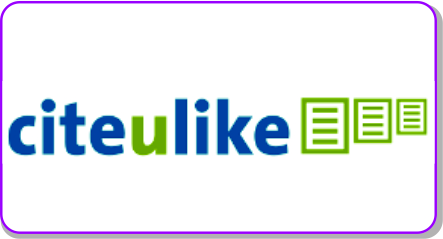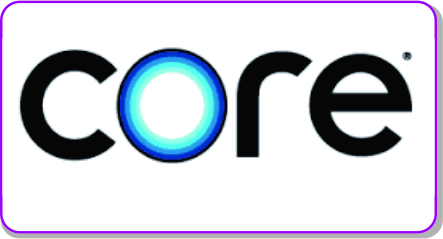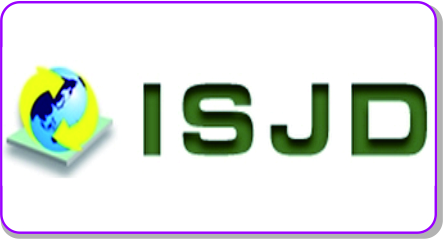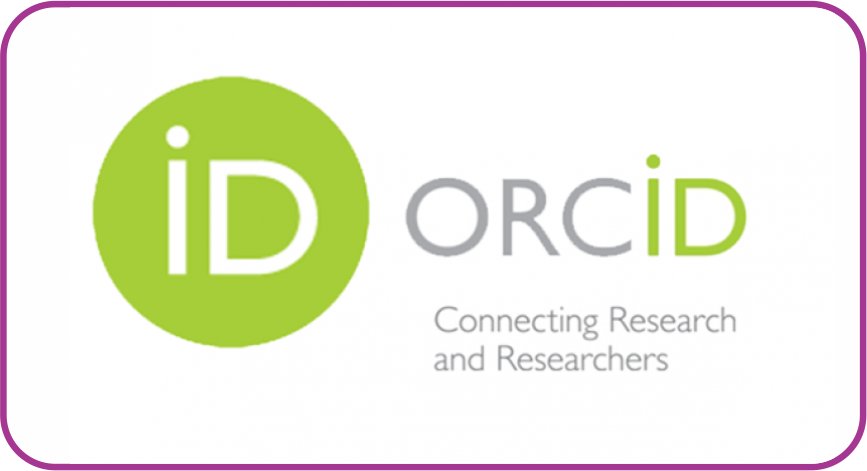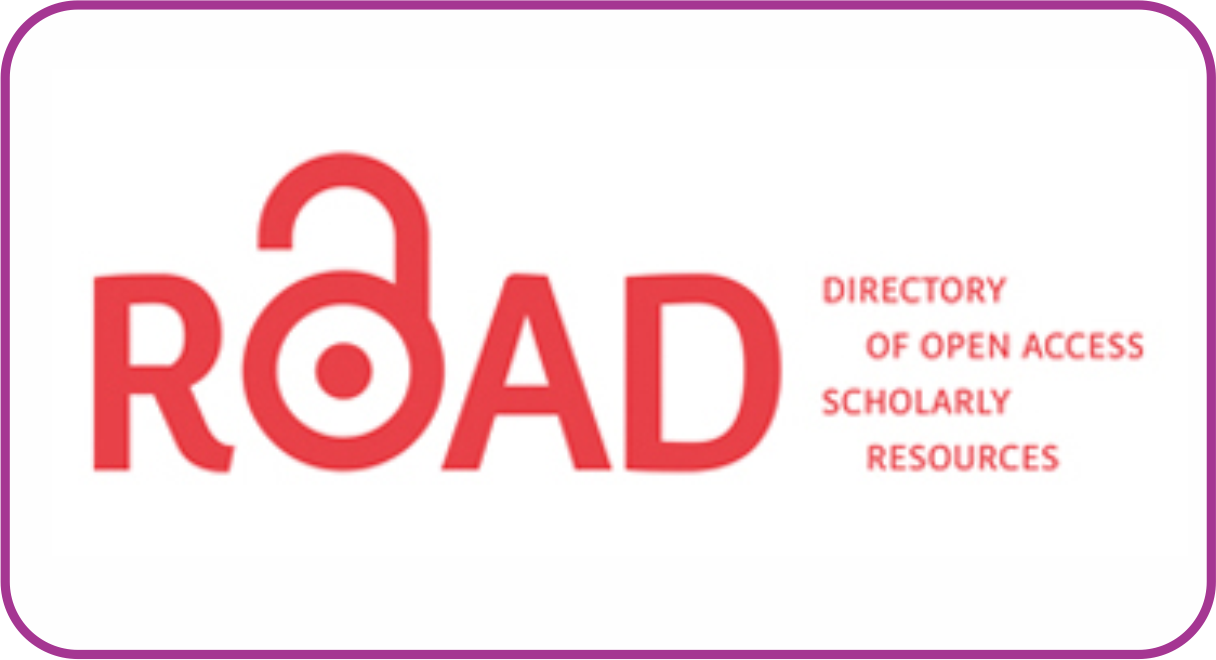Traditional Gender Stereotypes: A Critical Analysis of Visual Representation in Indonesian Senior High School EFL Textbooks
DOI:
https://doi.org/10.30983/educative.v9i2.8852Keywords:
Content Analysis, Critical Feminist Discourse Analysis, Educational Policy, EFL TextbooksAbstract
This study explores the portrayal of gender roles, gender stereotypes, and gender activities in visual representations within English as a Foreign Language (EFL) textbooks used in Indonesian senior high schools. Using a Critical Feminist Discourse Analysis (CFDA) approach, investigates how these visual depictions promote or challenge existing gender stereotypes. The analysis focuses on textbooks used in Grades X and XI, identifying patterns in the representation of male and female characters. Key themes explored include the alignment of these portrayals with societal expectations of masculinity and femininity, especially in the contexts of professional roles and domestic roles. The findings reveal that, while traditional gender norms continue to dominate, there are emerging trends where gender roles are more diversified, particularly in the representation of women in career roles and men in caregiving or domestic settings. These results suggest that EFL textbooks gradually move toward more balanced gender representations, though traditional stereotypes remain prevalent. It emphasizes the need for a more inclusive and equitable approach to gender representation in educational materials
References
Book
Stoddart, K. (1986). The Presentation of Everyday Life. Urban Life, 15(1), 103–121. https://doi.org/10.1177/0098303986015001004
Mengistie, S. M., & Worku, M. Y. (2021). Gender Representation in Educational Materials: A Focus on Ethiopian English Textbooks. April, 599–611. https://doi.org/10.1007/978-3-319-95687-9_137
Journal
Agni, Z. A., Setyaningsih, E., & Sarosa, T. (2020). Examining gender representation in an Indonesian EFL textbook. Register Journal, 13(1), 183-207. https://doi.org/10.18326/rgt.v13i1.183-207
Ariyanto, Sugeng, ‘A Portrait of Gender Bias in the Prescribed Indonesian ELT Textbook for Junior High School Students’, Sexuality and Culture, 22.4 (2018), 1054–76 <https://doi.org/10.1007/s12119-018-9512-8>
Awal, Abdul, ‘Gender Representation in English Language Textbooks in Bangladesh’, Studies in Linguistics, Culture and FLT, 12.2 (2024), 62–82 <https://doi.org/10.46687/KOKB5598>
Benla, Hassane, ‘Gender Stereotypes in Moroccan EFL Textbooks’ Illustrations: Content and Critical Image Analysis’, Arab World English Journal, 14.1 (2023), 183–98 <https://doi.org/10.24093/awej/vol14no1.12>
Botella, Carmen, Silvia Rueda, Emilia López-Iñesta, and Paula Marzal, ‘Gender Diversity in STEM Disciplines: A Multiple Factor Problem’, Entropy, 21.1 (2019), 1–17 <https://doi.org/10.3390/e21010030>
Fatmawati, Fatmawati, Leonardus Par, Yosefina Rosdiana Su, Ely Heldydiana Selamat, and Indawati Nur Mahir, ‘Gender Representation in EFL Textbooks in Indonesia’, Lensa: Kajian Kebahasaan, Kesusastraan, Dan Budaya, 12.1 (2022), 19 <https://doi.org/10.26714/lensa.12.1.2022.19-32>
Fithriani, Rahmah, ‘Gender Stereotypes in Educational Texts: A Comparative Study of Indonesian and International Primary English Textbooks’, Discourse and Interaction, 15.2 (2022), 53–76 <https://doi.org/10.5817/Di2022-2-53>
G, Kagaba Amina, ‘Digital Humanities : Using Technology to Analyze Cultural Artifacts’, 2024, 1–8
Habib, Fazl Ahmad, Bambang Arya Wija Putra, and Budi Setyono, ‘21602-157-47362-1-10-20201226’, Jurnal Edukasi, VII.3 (2020), 22–27
Hayibor, Bernice Anne, ‘Analysis of Gender Bias in Home Economics Textbooks’, April, 1990, 19–25
Jannati, Seyran, ‘Gender Representation in EFL Textbooks: A Case of ILI Pre-Intermediate Series’, Journal of Applied Linguistics and Language Research, 2.3 (2015), 211–22
Li, Lekai, Tao Xiong, and Jing He, ‘The Representation of Gender in a Popular Primary School EFL Textbook Series in China’, International Journal of Education and Practice, 5.5 (2017), 79–87 <https://doi.org/10.18488/journal.61.2017.55.79.87>
Md Mukitul Islam, Kazi, and M. Niaz Asadullah, ‘Gender Stereotypes and Education: A Comparative Content Analysis of Malaysian, Indonesian, Pakistani and Bangladeshi School Textbooks’, PLoS ONE, 13.1 (2019), 1–24 <https://doi.org/10.1371/journal.pone.0190807>
Mengistie, Solomon Melesse, and Mulugeta Yayeh Worku, ‘Gender Representation in Educational Materials: A Focus on Ethiopian English Textbooks’, April, 2021, 599–611 <https://doi.org/10.1007/978-3-319-95687-9_137>
Nurwahyuningsih, Pebrina, and H S Nurianti, ‘Gender Representation in EFL / ESL Textbooks in Indonesia : A Literature Review’, ELS Journal on Interdisciplinary Studies in Humanities, 6.4 (2023), 671–75
Papadakis, Stamatios, ‘Gender Stereotypes in Greek Computer Science School Textbooks’, International Journal of Teaching and Case Studies, 9.1 (2018), 48 <https://doi.org/10.1504/ijtcs.2018.10011123>
Sovič, Anja, and Vlasta Hus, ‘Gender Stereotype Analysis of the Textbooks for Young Learners’, Procedia - Social and Behavioral Sciences, 186 (2015), 495–501 <https://doi.org/10.1016/j.sbspro.2015.04.080>
Tajeddin, Zia, and Mostafa Janebi Enayat, ‘Gender Representation and Stereotyping in ELT Textbooks: A Critical Image Analysis’, Tell, 4.2 (2010), 51–79
Tyarakanita, Agustina, Nur Arifah Drajati, Dewi Rochsantiningsih, and Joko Nurkamto, ‘The Representation of Gender Stereotypes in Indonesian English Language Textbooks’, Sexuality and Culture, 25.3 (2021), 1140–57 <https://doi.org/10.1007/s12119-021-09813-0>
Wilfitri, E., & Suganda, S. P. (2023). Teacher voices of gender representation in EFL textbooks: A case study in a senior high school. Lingua Didaktika, 17(2), 157-171. https://doi.org/10.24036/ld.v17i2.126204
Yulistiana, W., Rusmawaty, D., & Suhatmady, B. (2022). The representation of gender in the required EFL textbook of an Indonesian junior high. E3L: Journal of English Teaching, Linguistic, and Literature, 5(1), 1-8. https://doi.org/10.24903/sj.v9i2.1830
Zahra, R., Inawati, I., & Ariffin, K. (2024). Gender representation in Indonesian ELT textbooks: The hidden bias. EDUCATUM Journal of Social Science, 10(1), 37–49. https://doi.org/10.37134/ejoss.vol10.1.4.2024
Ariyanto, Sugeng, ‘A Portrait of Gender Bias in the Prescribed Indonesian ELT Textbook for Junior High School Students’, Sexuality and Culture, 22.4 (2018), 1054–76 <https://doi.org/10.1007/s12119-018-9512-8>
Awal, Abdul, ‘Gender Representation in English Language Textbooks in Bangladesh’, Studies in Linguistics, Culture and FLT, 12.2 (2024), 62–82 <https://doi.org/10.46687/KOKB5598>
Benla, Hassane, ‘Gender Stereotypes in Moroccan EFL Textbooks’ Illustrations: Content and Critical Image Analysis’, Arab World English Journal, 14.1 (2023), 183–98 <https://doi.org/10.24093/awej/vol14no1.12>
Botella, Carmen, Silvia Rueda, Emilia López-Iñesta, and Paula Marzal, ‘Gender Diversity in STEM Disciplines: A Multiple Factor Problem’, Entropy, 21.1 (2019), 1–17 <https://doi.org/10.3390/e21010030>
Fatmawati, Fatmawati, Leonardus Par, Yosefina Rosdiana Su, Ely Heldydiana Selamat, and Indawati Nur Mahir, ‘Gender Representation in EFL Textbooks in Indonesia’, Lensa: Kajian Kebahasaan, Kesusastraan, Dan Budaya, 12.1 (2022), 19 <https://doi.org/10.26714/lensa.12.1.2022.19-32>
Fithriani, Rahmah, ‘Gender Stereotypes in Educational Texts: A Comparative Study of Indonesian and International Primary English Textbooks’, Discourse and Interaction, 15.2 (2022), 53–76 <https://doi.org/10.5817/Di2022-2-53>
G, Kagaba Amina, ‘Digital Humanities : Using Technology to Analyze Cultural Artifacts’, 2024, 1–8
Habib, Fazl Ahmad, Bambang Arya Wija Putra, and Budi Setyono, ‘21602-157-47362-1-10-20201226’, Jurnal Edukasi, VII.3 (2020), 22–27
Hayibor, Bernice Anne, ‘Analysis of Gender Bias in Home Economics Textbooks’, April, 1990, 19–25
Jannati, Seyran, ‘Gender Representation in EFL Textbooks: A Case of ILI Pre-Intermediate Series’, Journal of Applied Linguistics and Language Research, 2.3 (2015), 211–22
Li, Lekai, Tao Xiong, and Jing He, ‘The Representation of Gender in a Popular Primary School EFL Textbook Series in China’, International Journal of Education and Practice, 5.5 (2017), 79–87 <https://doi.org/10.18488/journal.61.2017.55.79.87>
Md Mukitul Islam, Kazi, and M. Niaz Asadullah, ‘Gender Stereotypes and Education: A Comparative Content Analysis of Malaysian, Indonesian, Pakistani and Bangladeshi School Textbooks’, PLoS ONE, 13.1 (2019), 1–24 <https://doi.org/10.1371/journal.pone.0190807>
Mengistie, Solomon Melesse, and Mulugeta Yayeh Worku, ‘Gender Representation in Educational Materials: A Focus on Ethiopian English Textbooks’, April, 2021, 599–611 <https://doi.org/10.1007/978-3-319-95687-9_137>
Nurwahyuningsih, Pebrina, and H S Nurianti, ‘Gender Representation in EFL / ESL Textbooks in Indonesia : A Literature Review’, ELS Journal on Interdisciplinary Studies in Humanities, 6.4 (2023), 671–75
Papadakis, Stamatios, ‘Gender Stereotypes in Greek Computer Science School Textbooks’, International Journal of Teaching and Case Studies, 9.1 (2018), 48 <https://doi.org/10.1504/ijtcs.2018.10011123>
Sovič, Anja, and Vlasta Hus, ‘Gender Stereotype Analysis of the Textbooks for Young Learners’, Procedia - Social and Behavioral Sciences, 186 (2015), 495–501 <https://doi.org/10.1016/j.sbspro.2015.04.080>
Tajeddin, Zia, and Mostafa Janebi Enayat, ‘Gender Representation and Stereotyping in ELT Textbooks: A Critical Image Analysis’, Tell, 4.2 (2010), 51–79
Tyarakanita, Agustina, Nur Arifah Drajati, Dewi Rochsantiningsih, and Joko Nurkamto, ‘The Representation of Gender Stereotypes in Indonesian English Language Textbooks’, Sexuality and Culture, 25.3 (2021), 1140–57 <https://doi.org/10.1007/s12119-021-09813-0>
Downloads
Submitted
Accepted
Published
Issue
Section
License
Copyright (c) 2024 Kafania Nujhati, Joko Nurkamto, Handoyo Puji Widodo

This work is licensed under a Creative Commons Attribution-ShareAlike 4.0 International License.
Authors who publish with this journal agree to the following terms:
1. Authors retain copyright and grant the journal right of first publication with the work simultaneously licensed under a Creative Commons Attribution License that allows others to share the work with an acknowledgment of the work's authorship and initial publication in this journal.
2. Authors are able to enter into separate, additional contractual arrangements for the non-exclusive distribution of the journal's published version of the work (e.g., post it to an institutional repository or publish it in a book), with an acknowledgment of its initial publication in this journal.
3. Authors are permitted and encouraged to post their work online (e.g., in institutional repositories or on their website) prior to and during the submission process, as it can lead to productive exchanges, as well as earlier and greater citation of published work (See The Effect of Open Access).

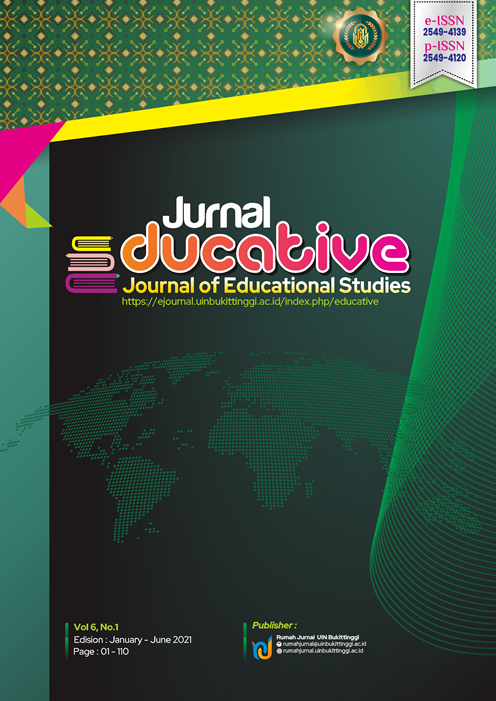




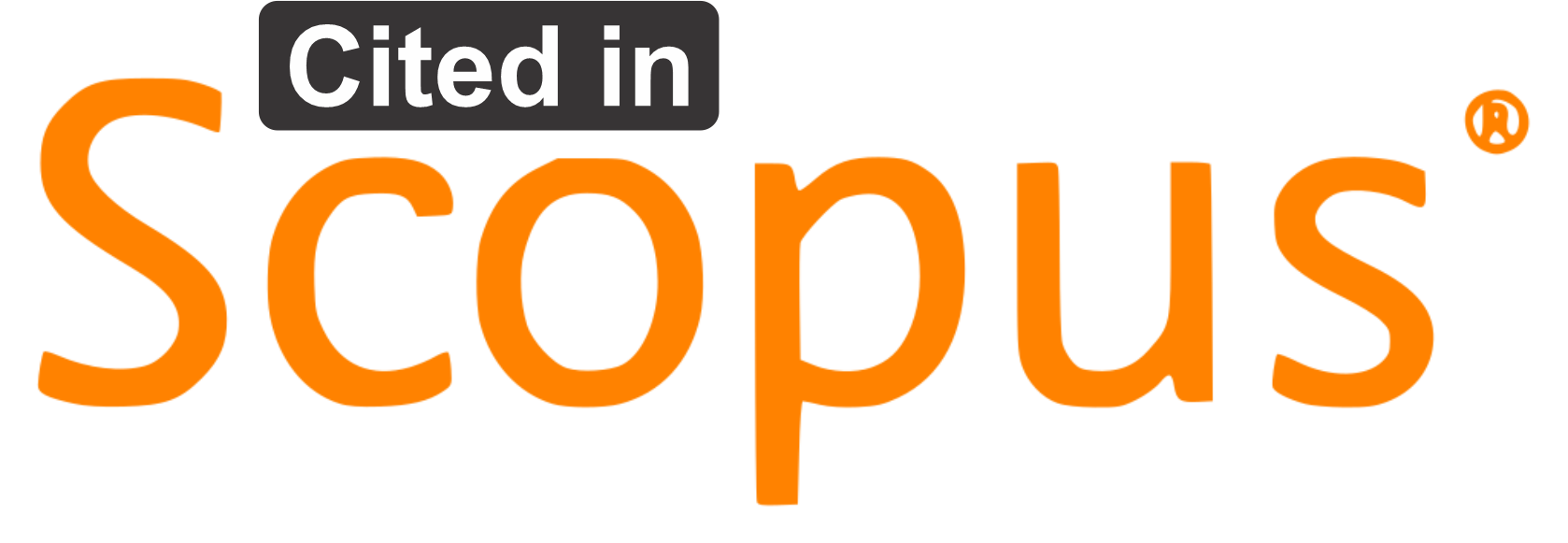
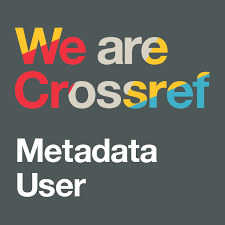

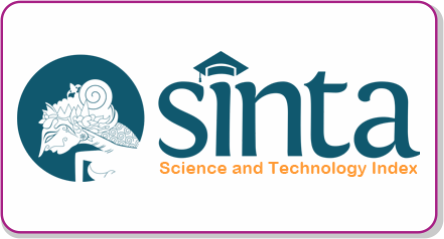
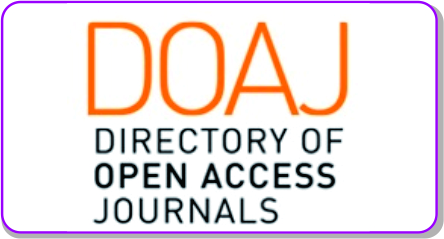
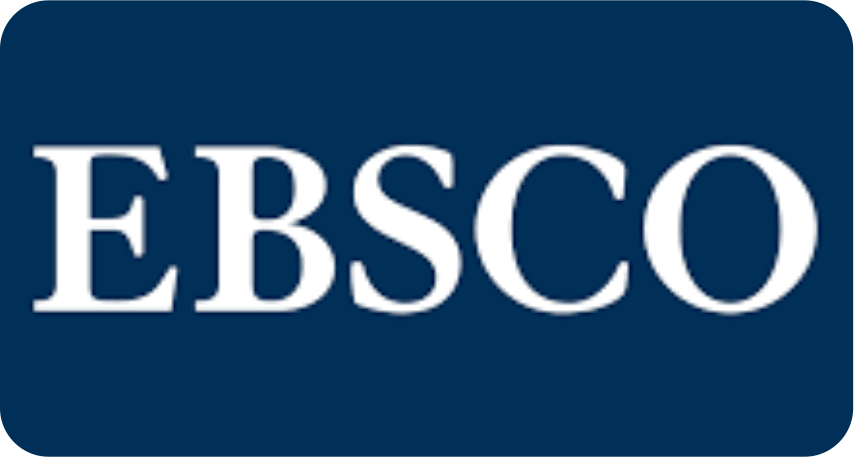
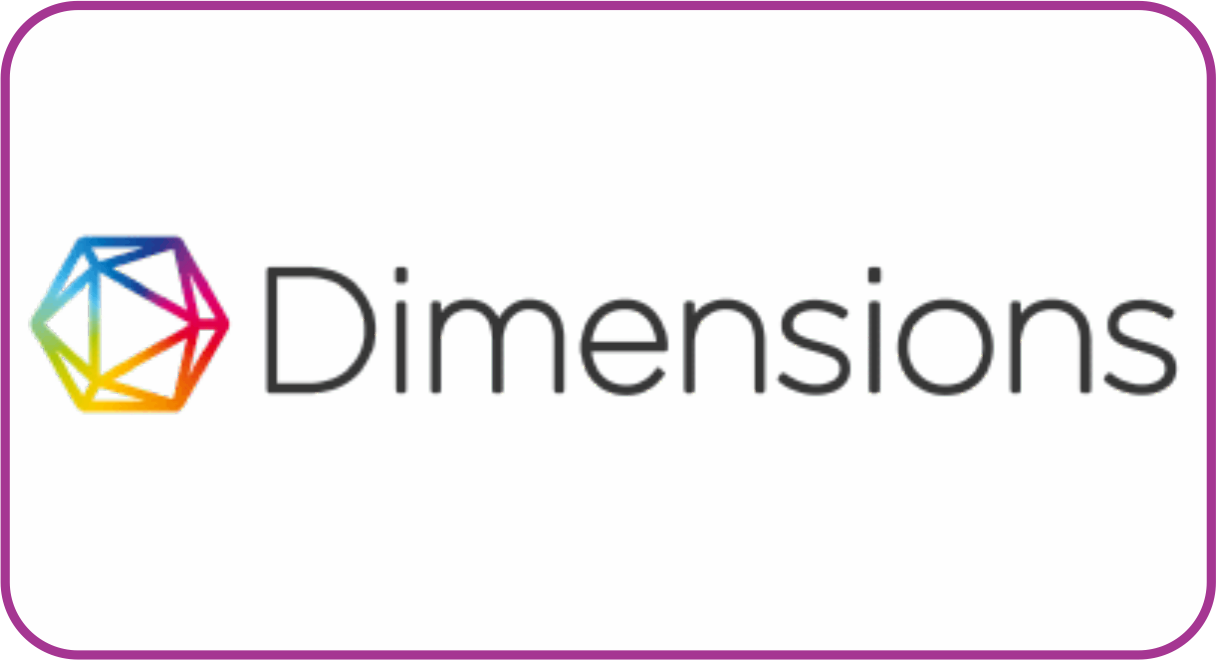
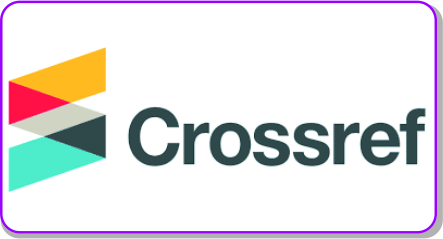
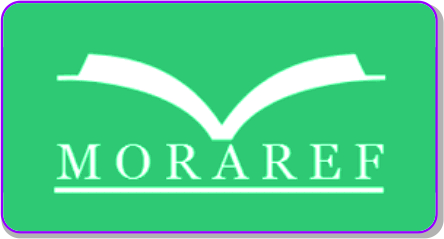

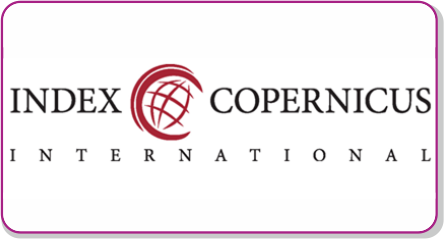

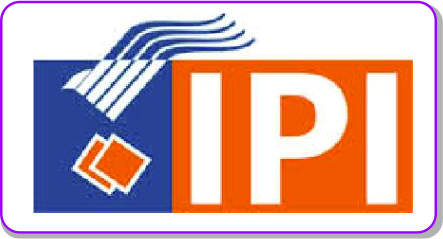 Â
 

